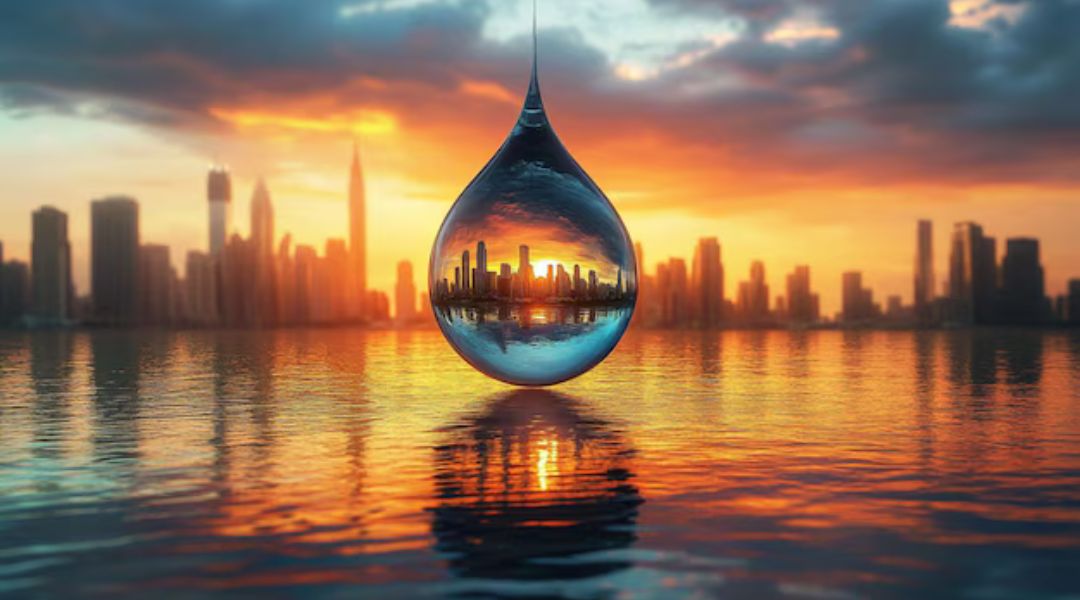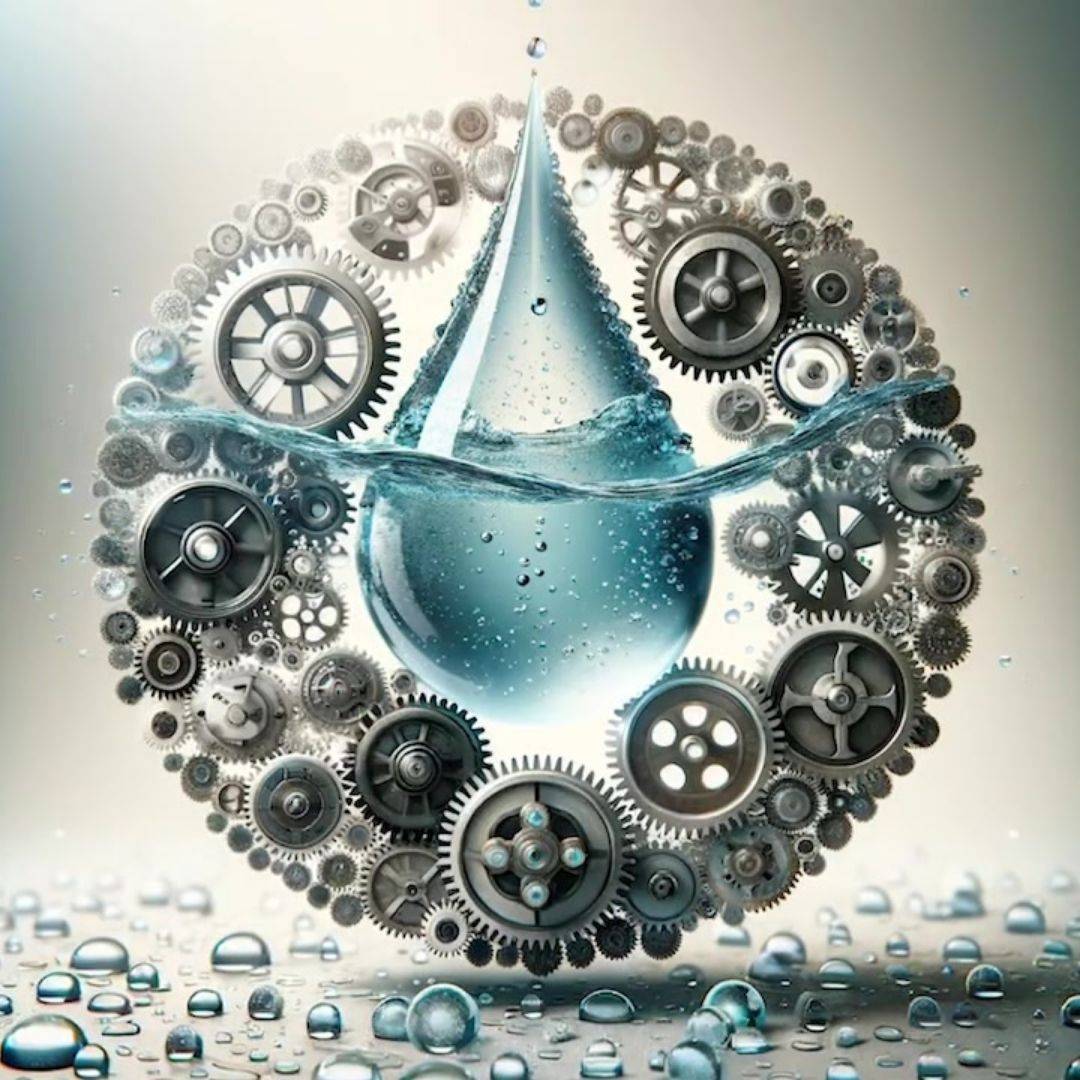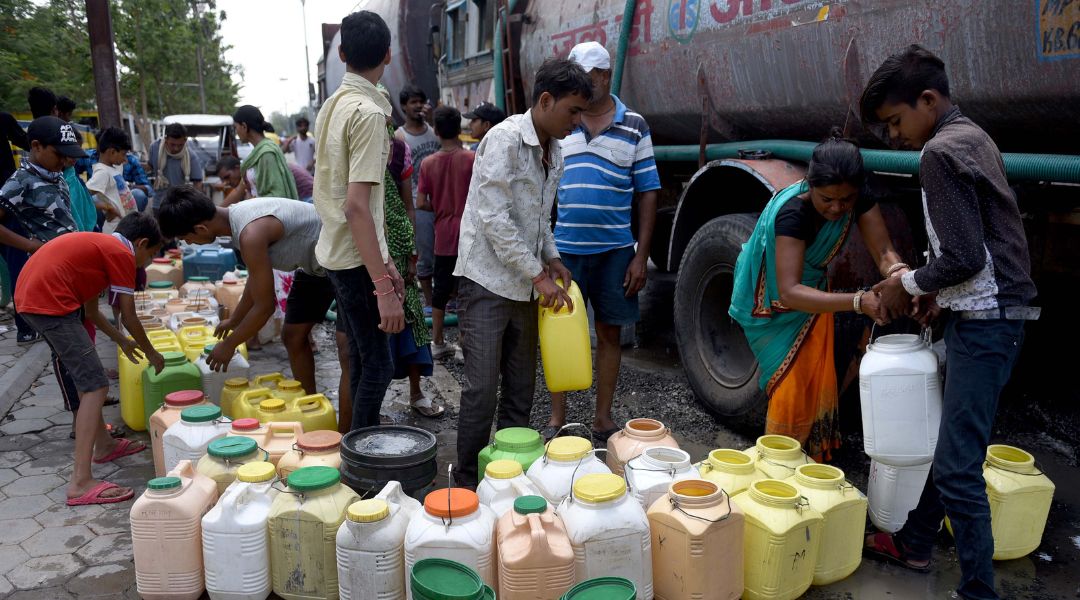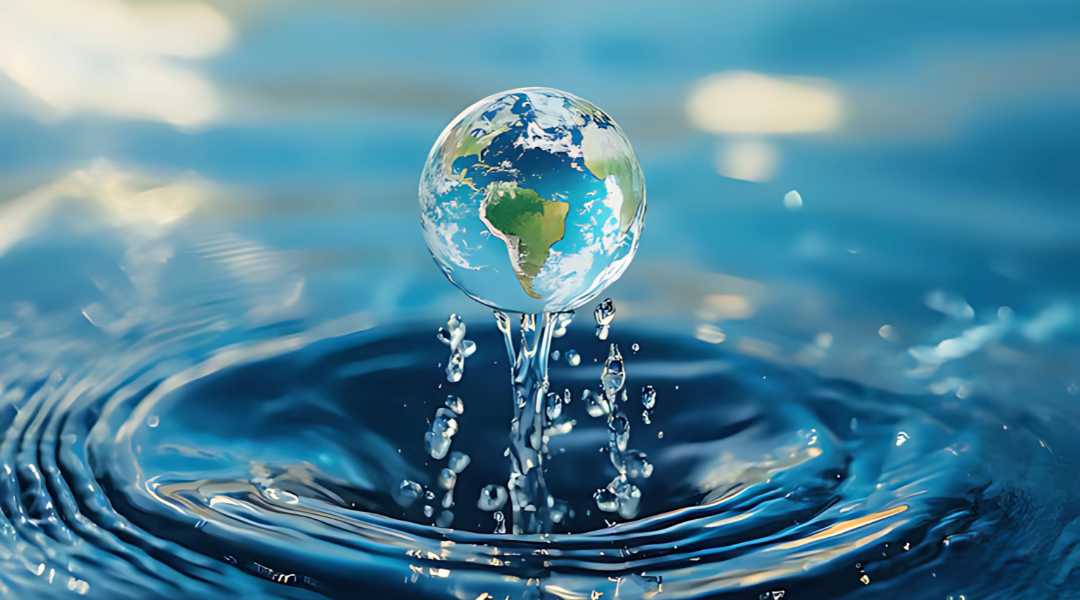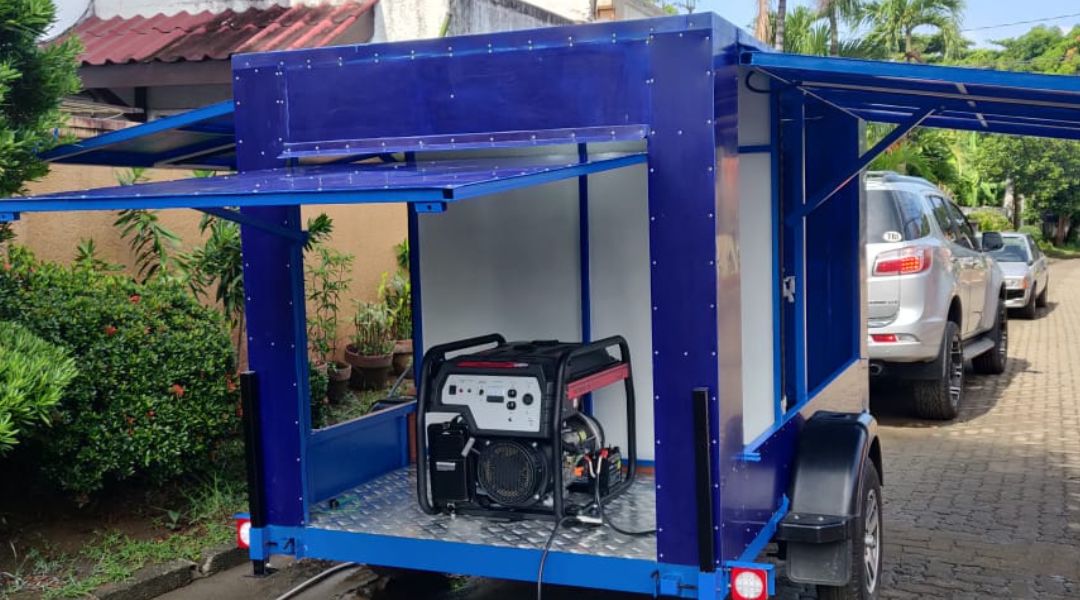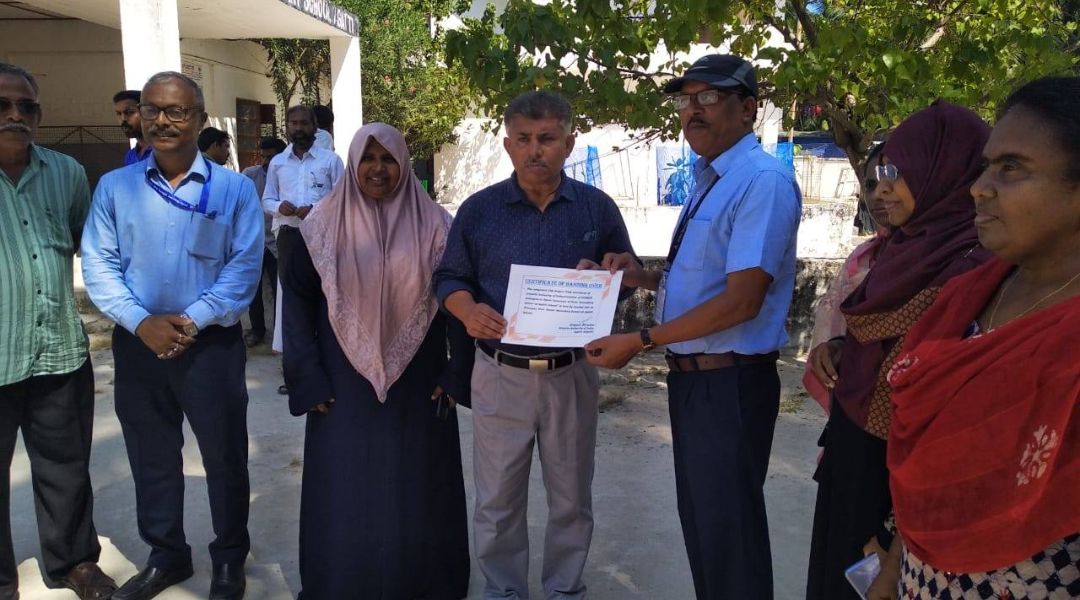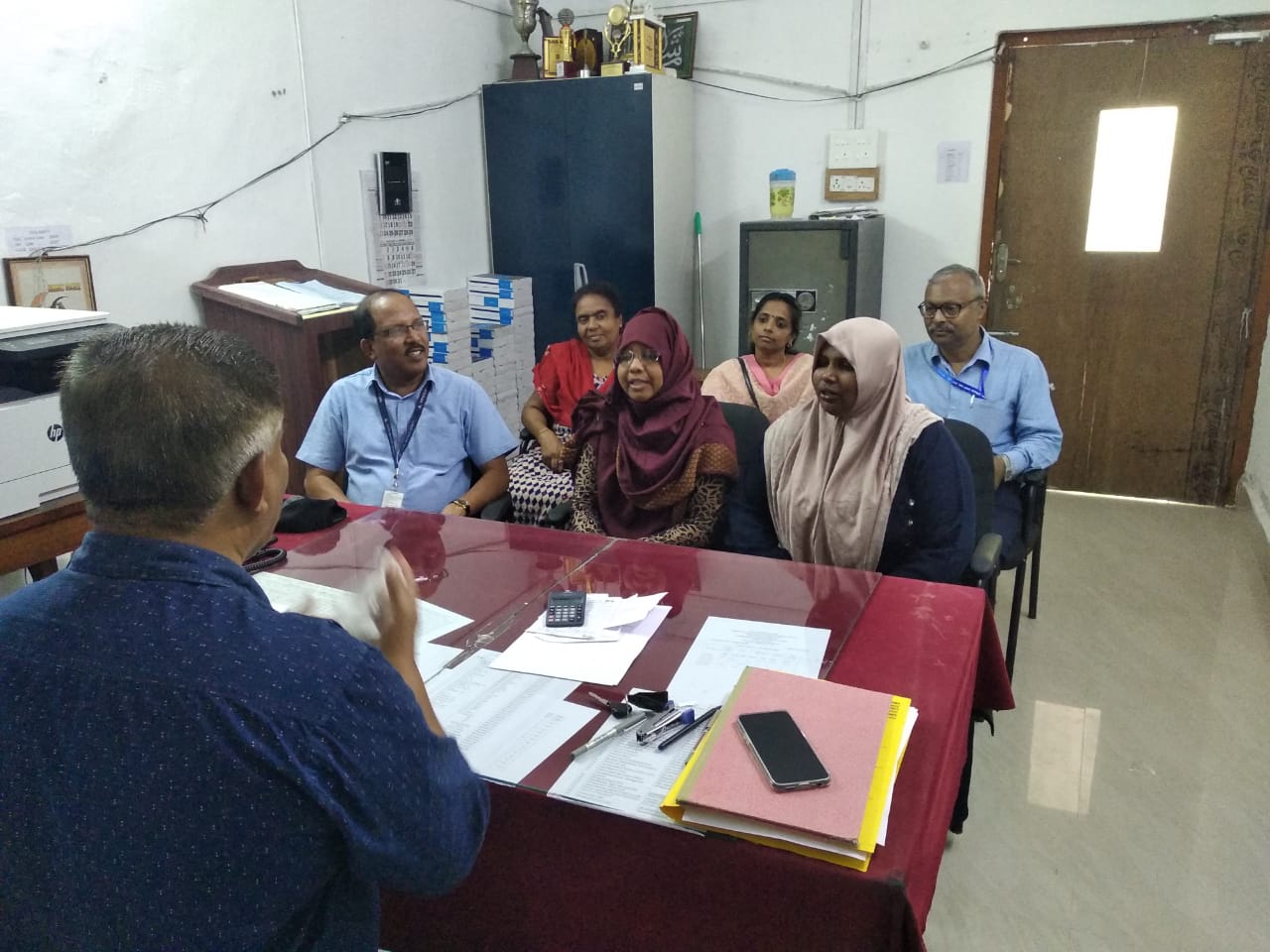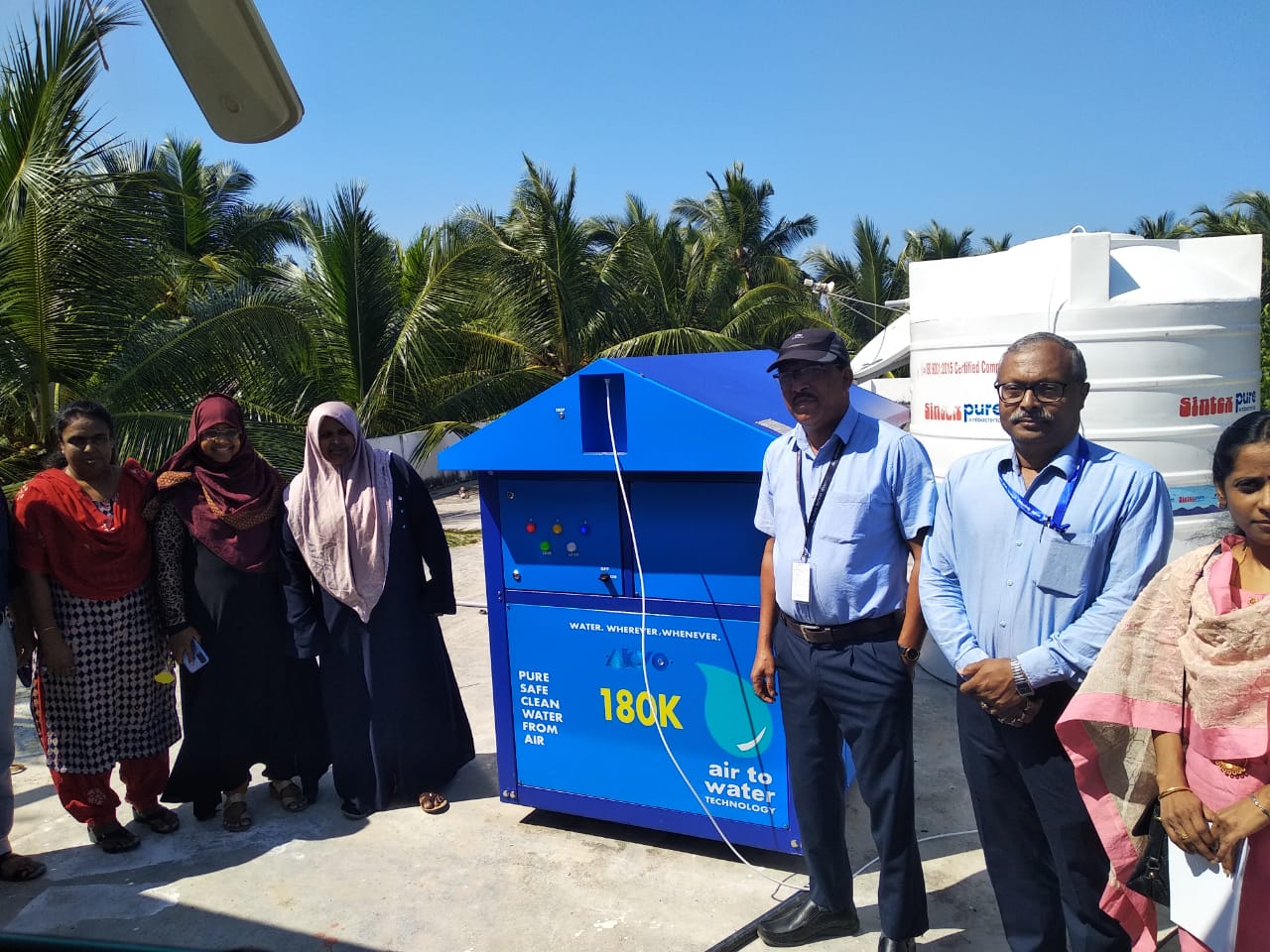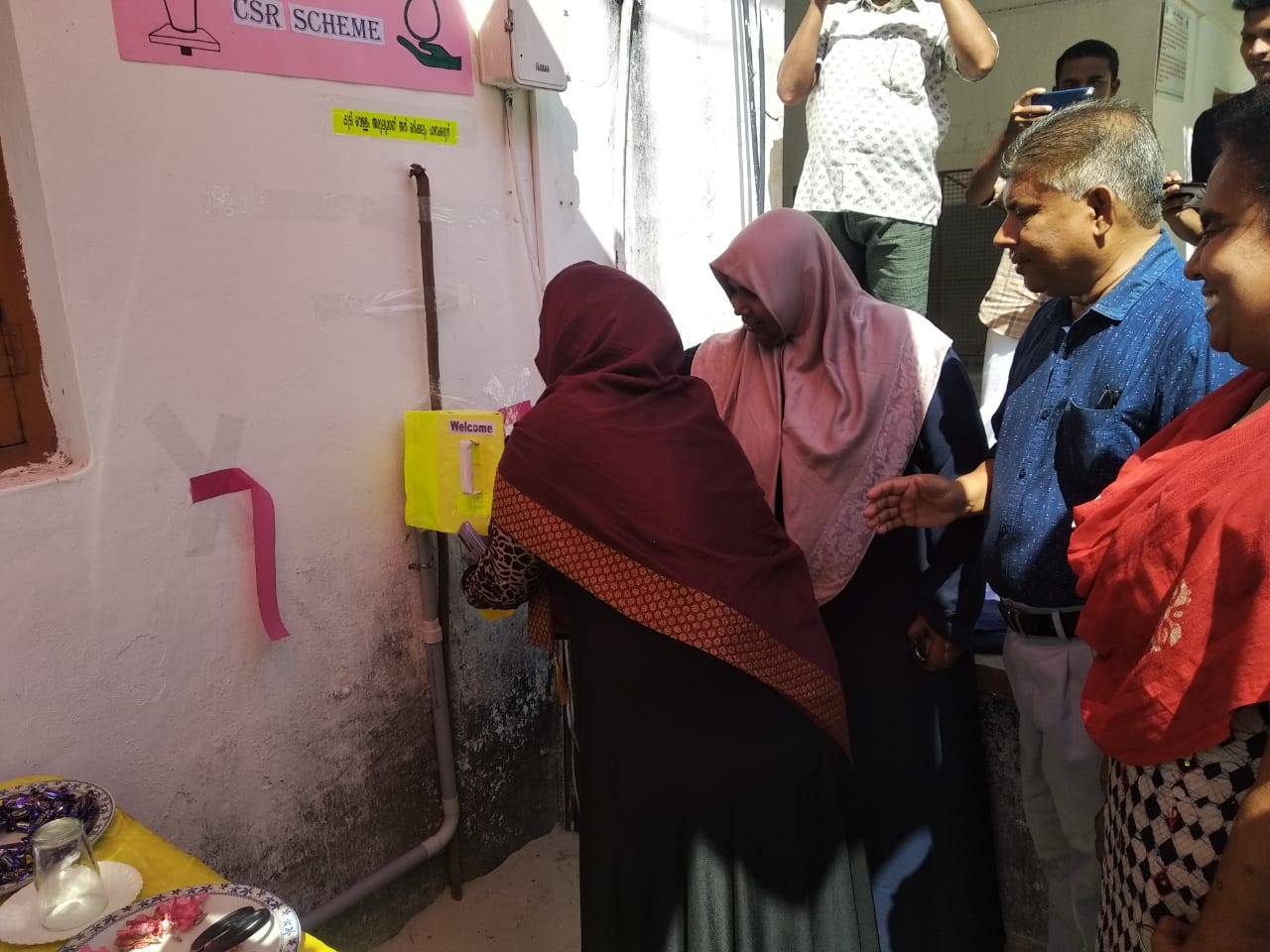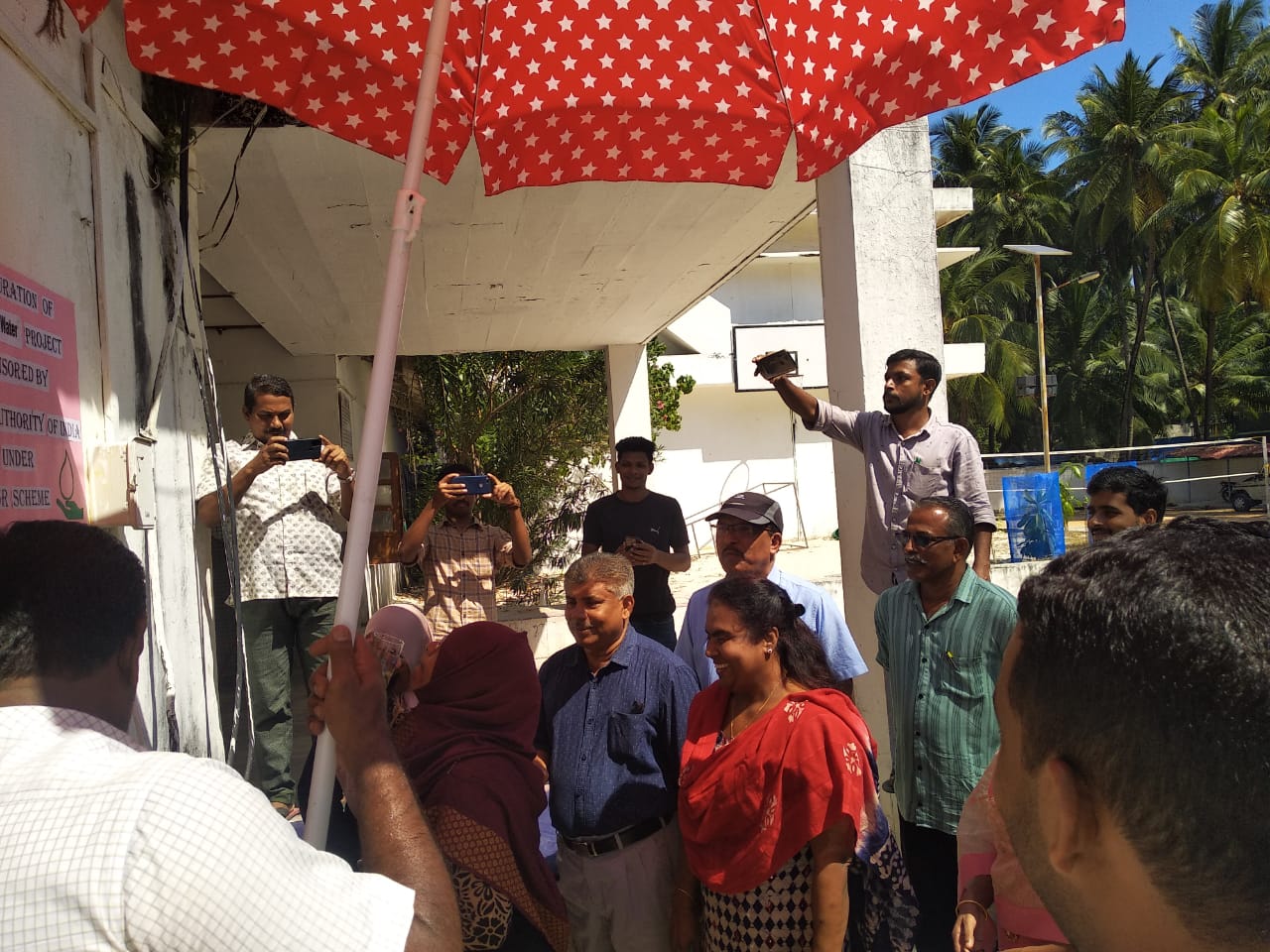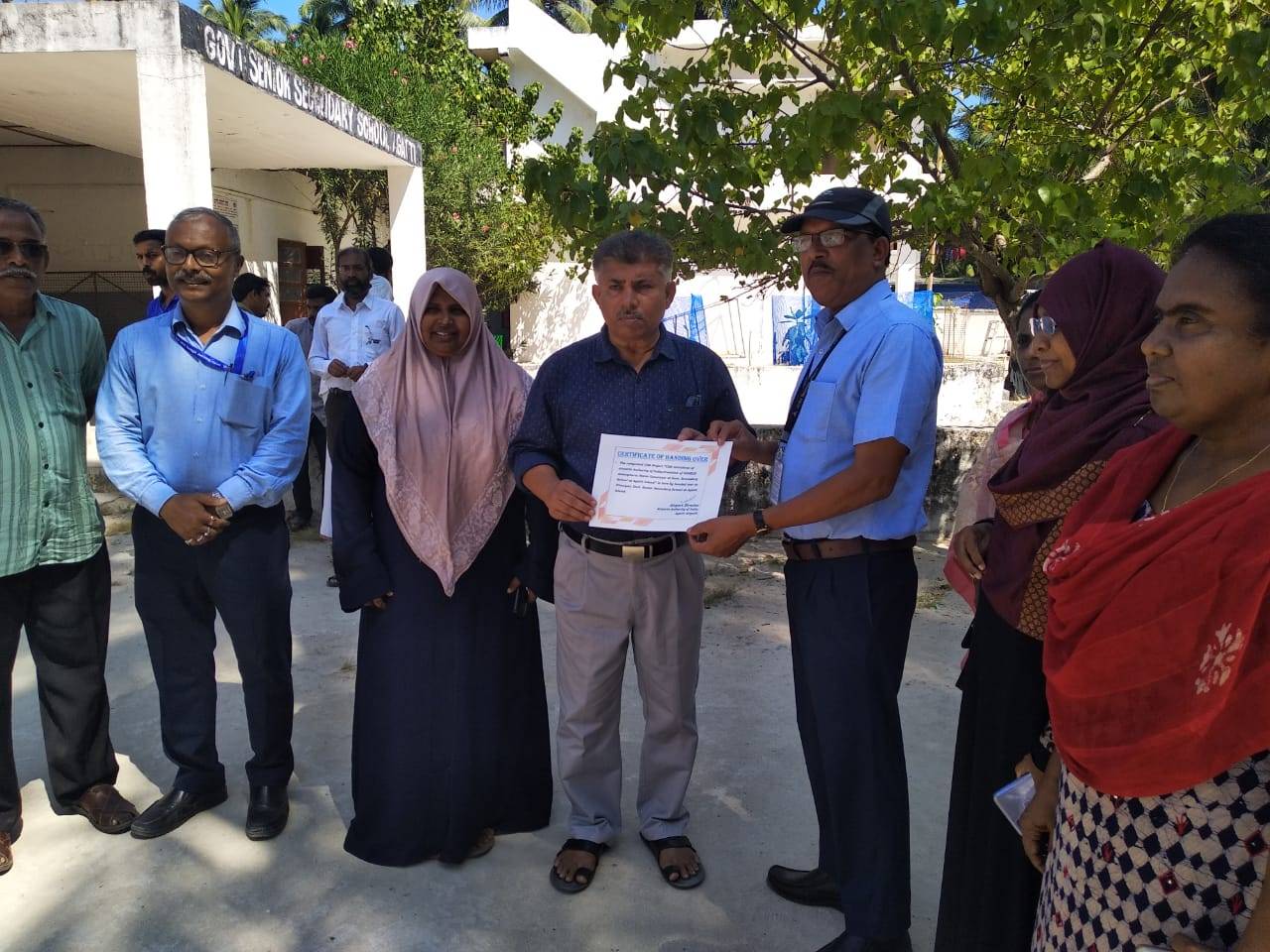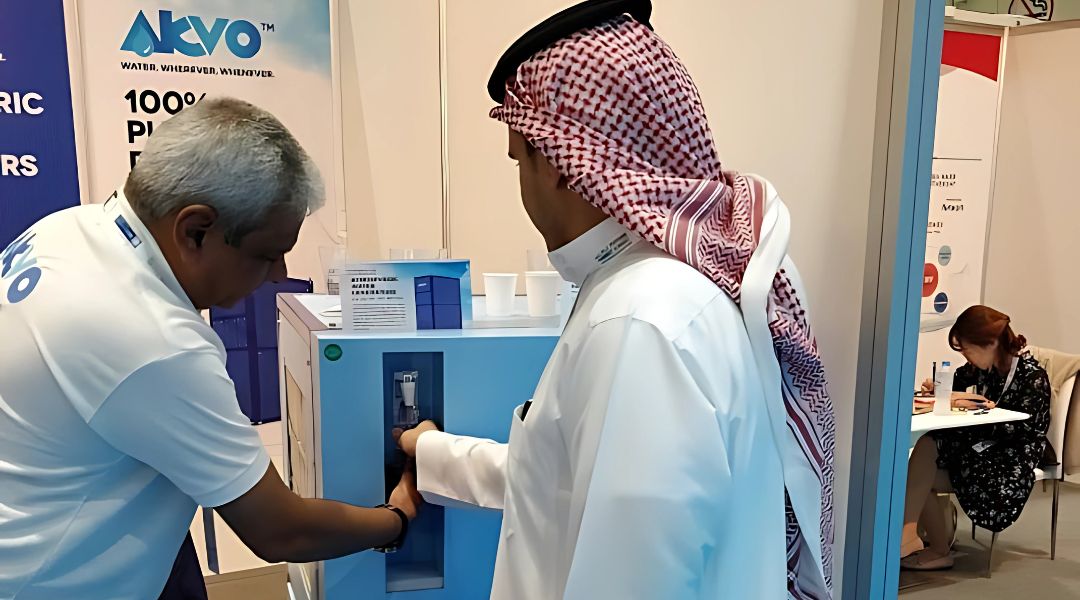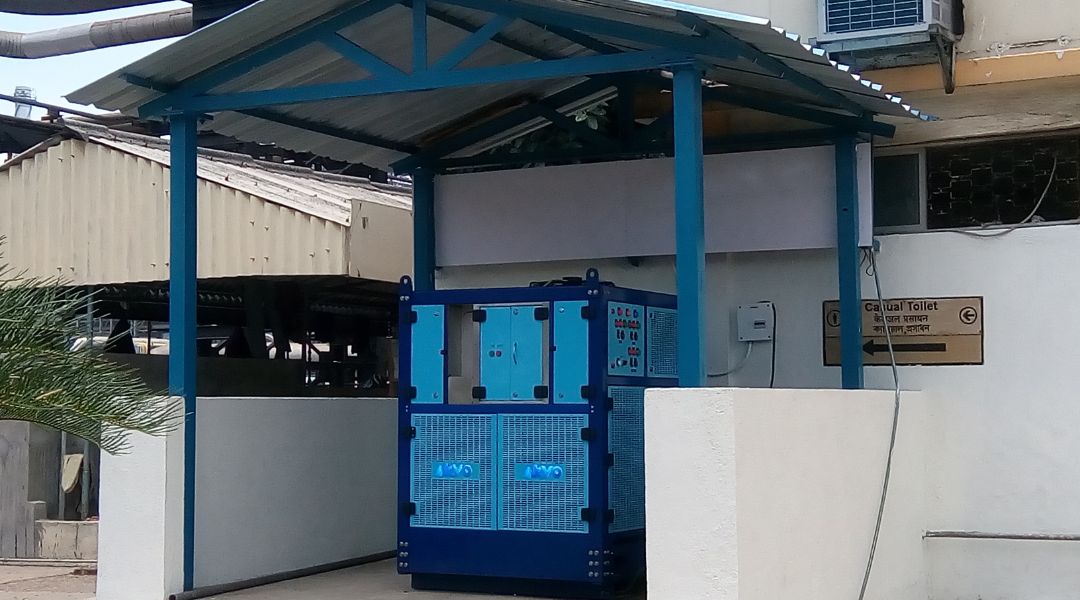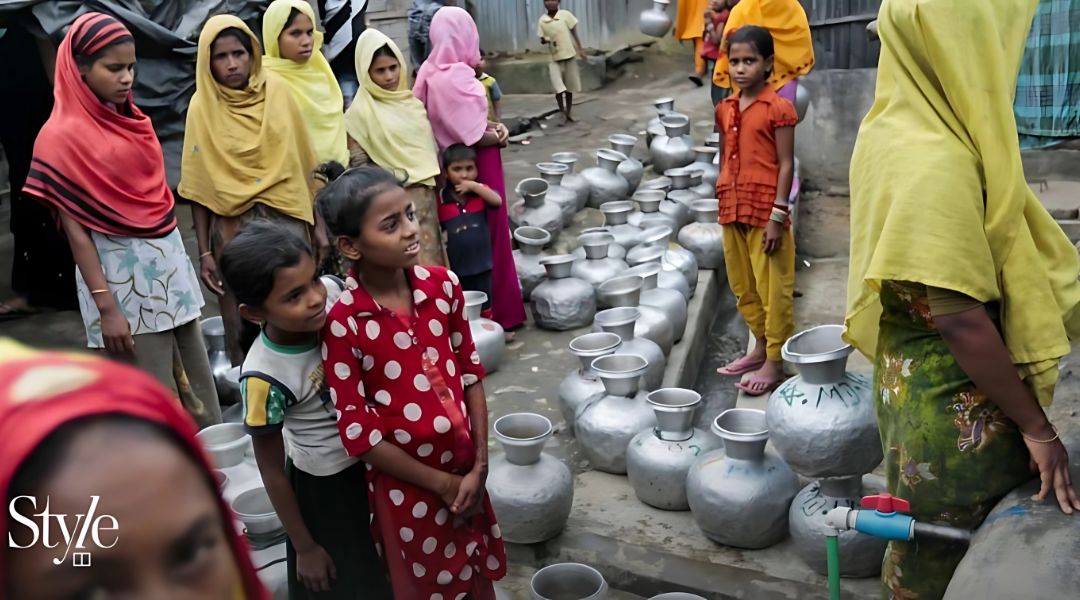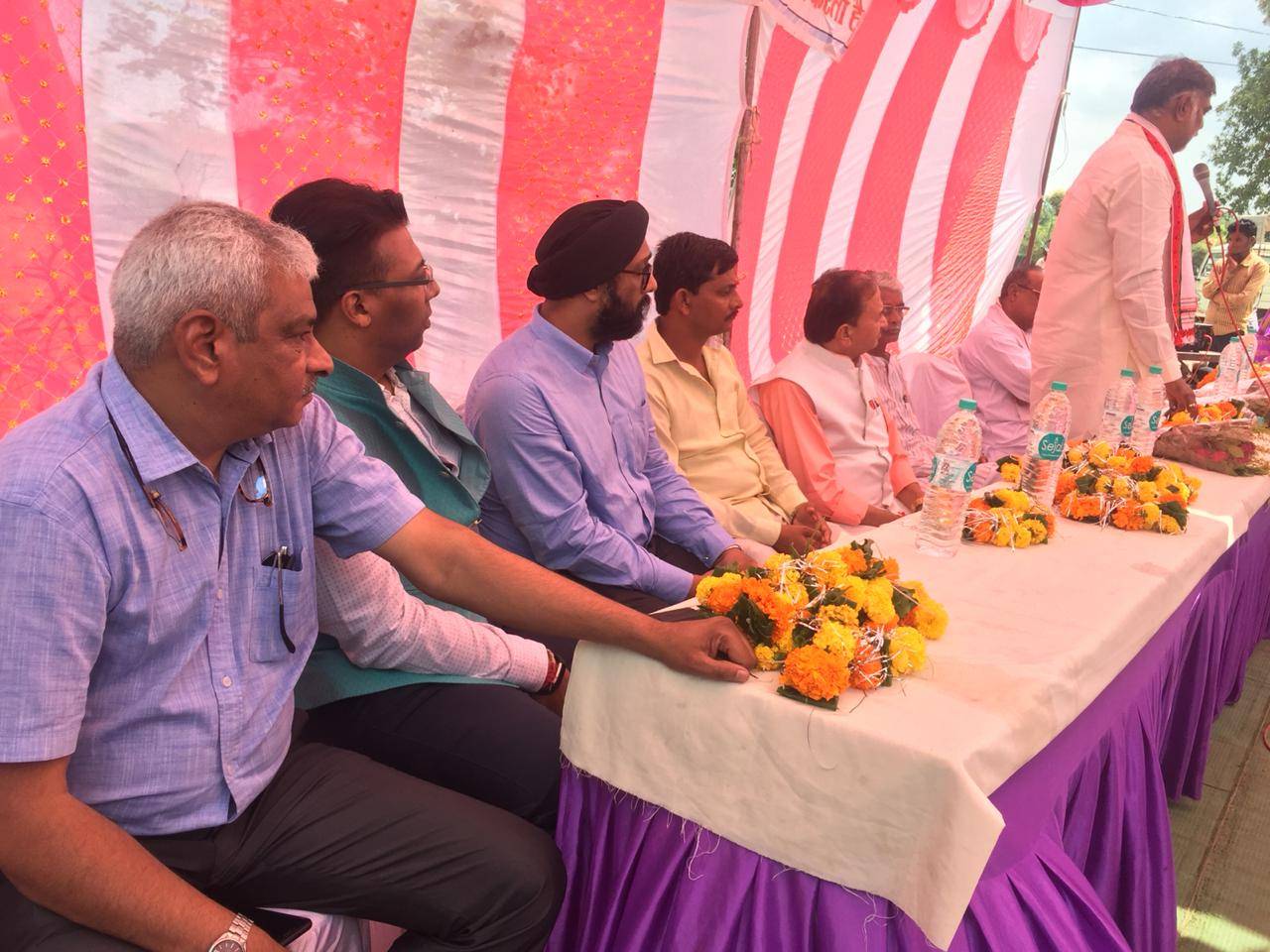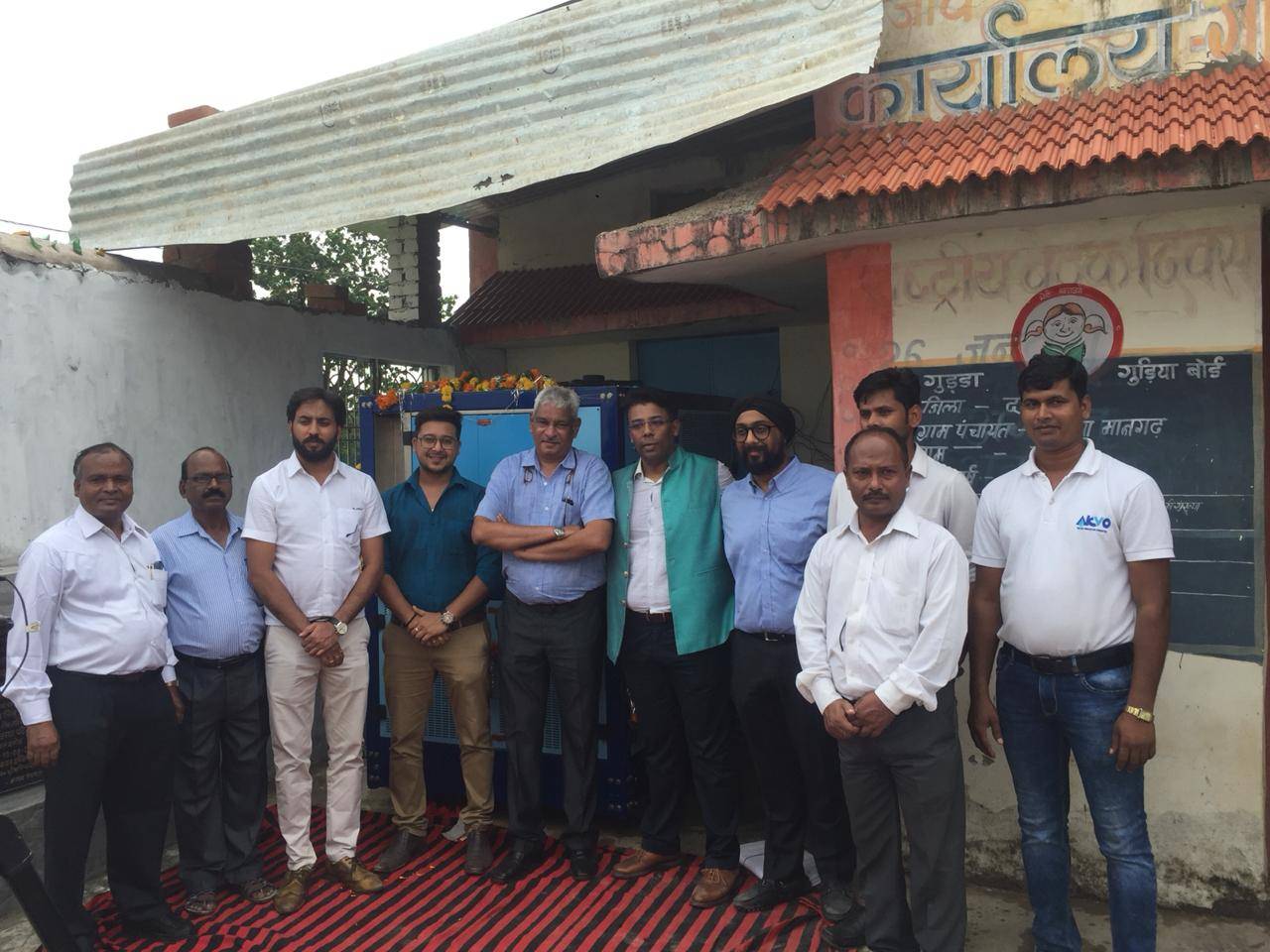Rapid urbanization and the emergence of smart cities demand innovative solutions to address critical water challenges like scarcity, quality, and sustainability. Smart water systems, powered by technologies such as IoT, machine learning, and big data, offer a transformative approach to water management by ensuring efficient usage, preventing wastage, and maintaining quality.
Why Smart Water Systems Matter
Urban growth is straining traditional water infrastructure. Key drivers for adopting smart water solutions include:
- Water Scarcity: Overexploitation and climate change exacerbate shortages.
- Aging Infrastructure: Leaks in legacy systems lead to significant wastage.
- Rising Demand: Urbanization and industrialization increase water needs.
- Sustainability Goals: ESG initiatives drive the push for sustainable water systems.
Key Smart Water Technologies
- IoT Sensors: Monitor water flow, quality, and detect leaks in real time.
- Big Data Analytics: Predictive maintenance and demand forecasting optimize resource use.
- Smart Meters: Enable real-time consumption tracking and promote conservation.
- Decentralized Systems: Solutions like Atmospheric Water Generators (AWGs) provide localized water sources, reducing pressure on centralized systems.
- AI Decision-Making: Optimizes distribution, detects inefficiencies, and aids urban planning.
The Role of AWGs
Atmospheric Water Generators (AWGs) harness condensation to provide drinking water, aligning with the smart city vision. They:
- Offer localized water sources, reducing transportation costs and carbon footprint.
- Enhance reliability during emergencies.
- Support sustainable water access for schools, hospitals, and public facilities.
Overcoming Challenges
Implementing smart water systems requires addressing hurdles like high initial investments, data security, interoperability, and public acceptance. Partnerships between public and private sectors and flexible, scalable solutions are key to overcoming these barriers.
A Vision for Water-Smart Cities
Smart water systems revolutionize urban water management by integrating cutting-edge technologies with sustainable practices. Goals include universal access, zero water waste, climate resilience, and environmental sustainability.
By investing in these innovations and fostering collaboration, we can build water-smart cities that meet the needs of growing populations while safeguarding the environment.
For the full article, click here.

